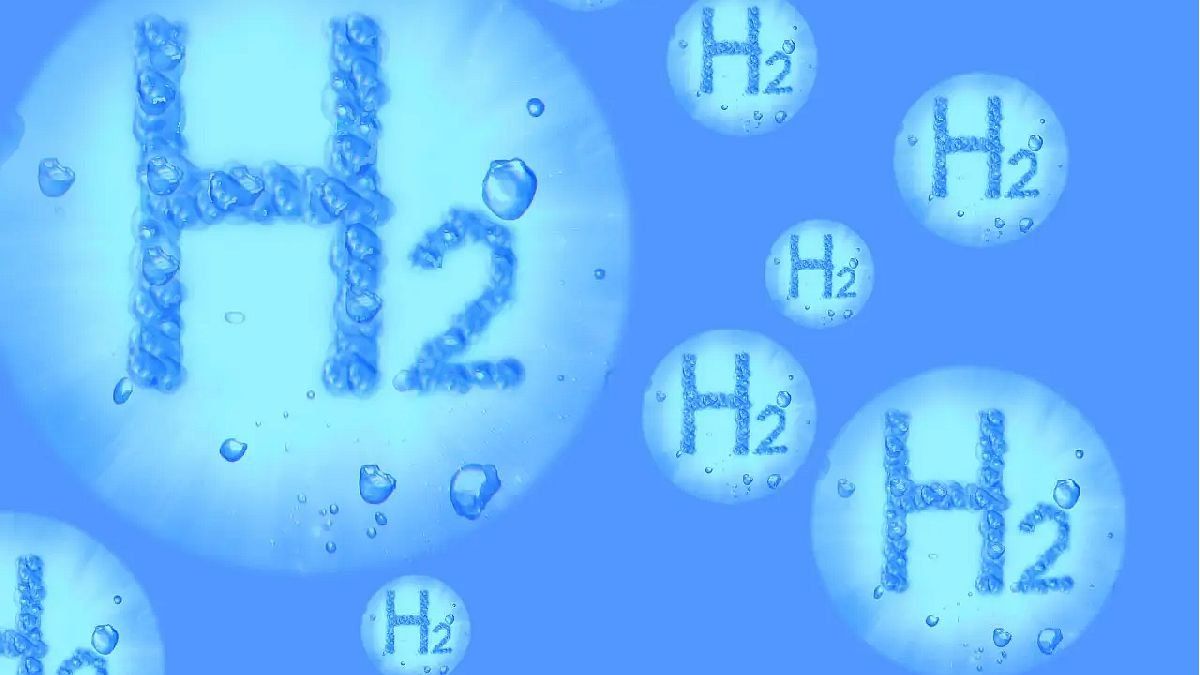According to BCG’s analysis of future low-carbon fuel needs, 380 million tons per year of hydrogen and its derivatives will be required to limit global warming to 2°C and 565 million tons per year to reach Paris target of an increase of 1.5°.
How do we reach this volume of energy by 2050?
Meeting this need will require the development and implementation of a combination of low-carbon hydrogen production technologies and other fuels. This involves the use of technology capture of natural gas and carbon or electrolysis driven largely by renewable energy.
Producing enough low-carbon hydrogen will require government action, starting with imposing taxes or other mechanisms to price carbon high enough to ensure costs are competitive with existing fossil fuel hydrogen and potentially subsidize its production to close the gap. cost difference between it and other low-carbon fuels.
Gas-fired hydrogen production will also require securing abundant supplies of inexpensive natural gas and establishing strict policies to limit the release of fugitive methane emissions. Producing enough renewable-based hydrogen will require the availability of an adequate supply of cheap renewable energy and the onshore or offshore locations where it can be generated.
green hydrogen.jpg
In order not to deplete the available and planned renewable energy from wind and solar sources, stakeholders must ensure the existence of a sufficiently large source of renewable energy dedicated to the production of hydrogen and P2X fuels. And, to do so, it is necessary to overcome obstacles related to cost, infrastructure, supply chains and raw materials.
Furthermore, overcoming these obstacles will require technological advances and policy changes on four fronts:
- Efficient technologies: to produce solar, wind and electrolysis energy.
- Other types of hydrogen production: based on nuclear energy, natural and bioenergy.
- Global production hubs, such as offshore and floating wind and solar production, and mega-scale onshore renewable energy production.
- Global supply chains of H2.
It will not be easy to supply the renewable energy that will be needed over the next decade to produce P2X fuels, in addition to the demand for renewable sources of electrification in general. Nevertheless, As cheaper and more abundant supplies emerge, the global hydrogen supply chain will undergo a transformation. Some players are already establishing competitively attractive positions in the value chain of P2Xtogether with strategic partners.
Companies looking to put themselves in an attractive competitive position must start making decisions today, while collaborating with other stakeholders to develop an effective ecosystem of strategic partners. In this way, the Paris Agreement will achieve its objectives and we will find a safe and long-term path for the care of our planet.
Source: Ambito




